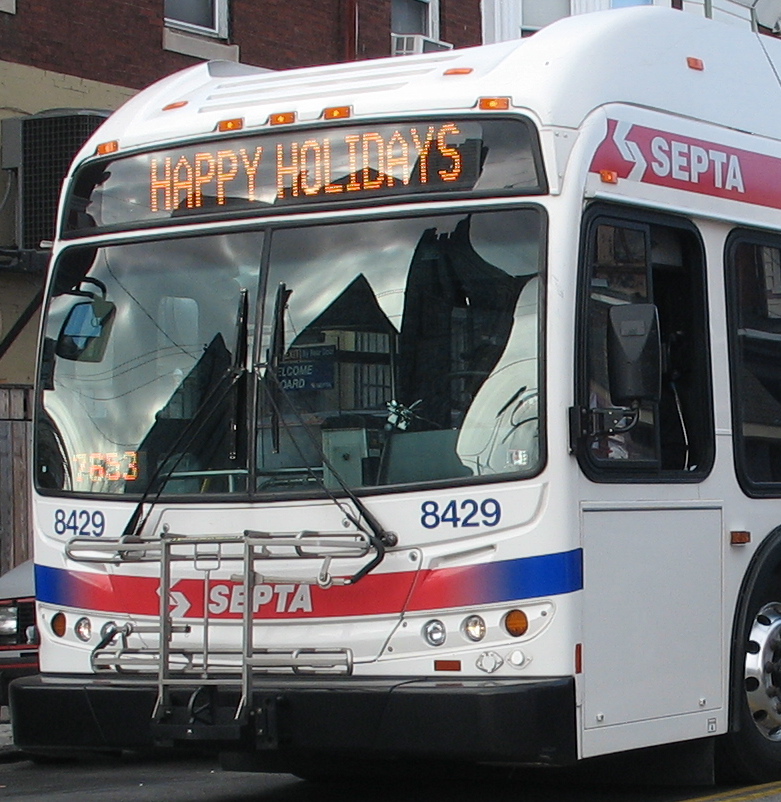When I talk about traffic safety and enforcement of traffic laws, people often respond that the police department should aggressively enforce traffic laws so that they bring in lots of money. That's not the point, and this line of thinking is dangerous because it frames the goal as increasing revenue. It is then easy to attack an effective program like red light cameras or speed detectors as (a) designed primarily to make money, and (b) ineffective and wasteful if they don't generate reliable income. In fact, if done well, such programs generate significant revenue in the beginning but then make a lot less money as word spreads among the community that drivers can no longer get away with certain forms of dangerous behavior. That's also the case with things like cigarette taxes: cities forecast millions of dollars in revenue only to see that income decline dramatically and a good thing (fewer smokers) become a bad thing (budget shortfalls). Since most police departments either don't care much about traffic safety or lack the staffing levels to properly enforce traffic laws, it is promising to see cameras being increasingly deployed to catch drivers disregarding red lights and speed limits. But the use of these cameras is still limited and in many places is being held back by reckless politicians. From TSTC:
A recent report released by NJDOT determined that it is still too early to reach any conclusions about RLR, but what is clear is that in locations where the cameras have been installed for two full years, dangerous driver behavior is down and intersections are becoming safer. Some legislators in Trenton, however, are working to repeal the RLR program. This video illustrates why that may not be the best idea. [WARNING: This video contains graphic images of real life accidents.]
New York City has been using red light cameras for at least a decade and they have been proven to reduce dangerous driver behavior. That doesn't stop the media and the car lobby from trying to paint reckless drivers as hapless victims of what is supposedly the city's ongoing efforts to steal your hard earned cash. Of course, that might be a legitimate argument if drivers already paid their fair share anyway, but that's beside the point.
The real challenge with any enforcement mechanism is to keep the focus on preventing violations. We tend to get distracted by the financial aspects and then the revenue becomes more important than improved safety, causing the Chicago Tribune to report that in one town, "Revenues — and citations — from the cameras have gone down since they were installed because drivers have gotten used to them." The article frames this as a bad thing but to any reasonable person it's actually good because it means the intersections are getting safer. What would be more interesting to study is whether dangerous red light violations are down across town or just at the intersections drivers know have cameras. Do we need cameras recording every intersection movement or just enough so drivers never know where they might be?


